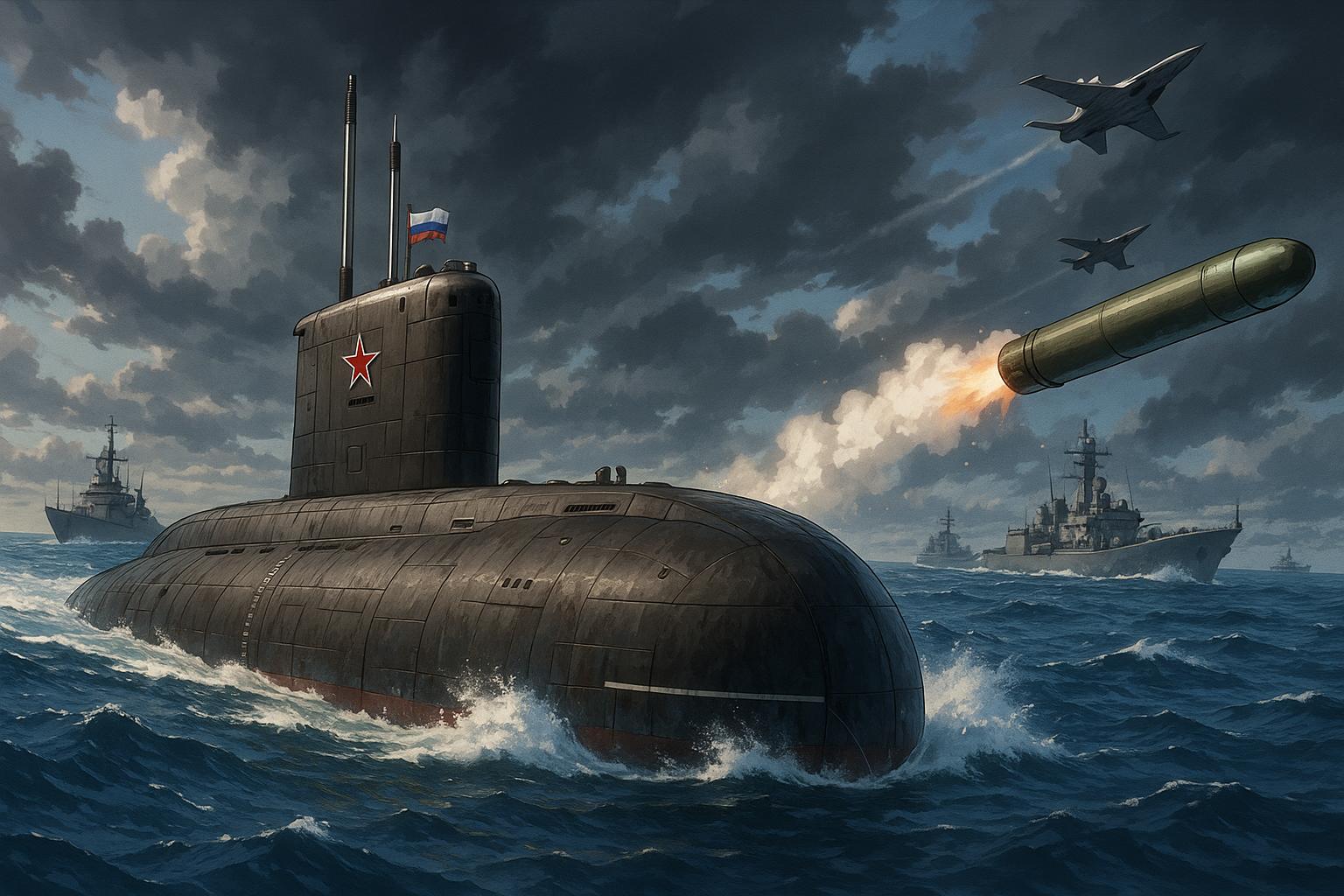Vladimir Putin's recent military exercises in the Baltic Sea have sent a stark message regarding Russia's assertiveness in the region. As NATO nations bolster their defences, the Russian naval display — involving 20 warships, 25 aircraft, and around 3,000 personnel — underscores the ongoing tension between the two military powers. Amidst these drills, a diesel submarine engaged in live-fire exercises, targeting a mock Western vessel, while the use of 30-mm AK-630 automatic rifles highlighted a readiness to respond to perceived threats from marine drones and unmanned aerial systems.
This aggressive posturing is not merely a series of isolated exercises but part of a broader strategy outlined by the Baltic Fleet, which aims to secure Russian naval interests in a contested maritime environment. The drills are intended to enhance capabilities for defending naval bases, particularly in light of the intensifying geopolitical competition between Russia and NATO, with the Baltic Sea serving as a focal point of these tensions.
NATO has significantly strengthened its eastern flank since Russia's annexation of Crimea in 2014, particularly after the escalation of hostilities in Ukraine in 2022. Countries such as Poland, Estonia, Latvia, and Lithuania have improved their military capacities, supported by increased presence from the United States, France, Germany, and the UK. The strategic implications of Finland and Sweden’s accession to NATO — nearly encircling the Baltic Sea with alliance members — further complicate this landscape, prompting Russia to recalibrate its military readiness.
Additionally, recent incidents in the Baltic area, such as Estonia's attempt to seize a Russian tanker allegedly violating sanctions, reflect the mounting strain on regional security. Retaliatory actions, including Russia's detainment of a Greek-owned oil tanker, have accentuated the precarious nature of maritime relations. This reciprocal aggression signals the potential for escalation and has prompted NATO to launch initiatives like Operation Baltic Sentry, aimed at bolstering surveillance and protection of critical undersea infrastructure, amidst concerns over possible sabotage.
Compounding these maritime tensions, accusations of hybrid warfare tactics, including disinformation campaigns and provocative military maneuvers, further highlight Russia's strategic approach in the region. The removal of maritime boundary markers by Russian officials serves as a stark reminder of the ongoing disputes that could threaten international stability. Such actions reflect a broader pattern of aggression that challenges established norms and raises alarms among neighbouring nations.
On the humanitarian front, the fallout from the conflict in Ukraine continues to be devastating, with civilian casualties reported in recent Russian strikes. A tragic example includes a nine-year-old girl killed in Zaporizhzhia, amid broader reports of indiscriminate shelling that has raised concerns over potential war crimes. These humanitarian crises underscore the need for international attention and intervention amid escalating hostilities.
As military exercises continue and regional tensions rise, the Baltic Sea remains a critical zone of contention, emblematic of the larger confrontation between NATO and Russia. The ongoing arms race and skirmishes only serve to highlight the fragility of peace in Europe, with each military exercise posing risks of miscalculation that could lead to broader conflict.
The convergence of military readiness, regional diplomacy, and humanitarian crises illustrates a complex landscape that requires careful navigation by European leaders. As NATO marks its 75th anniversary, bolstering unity among member states and maintaining a vigilant stance against malign actions will be crucial in preventing further escalation in this strategically vital region.
Reference Map:
- Paragraph 1 – [1], [2]
- Paragraph 2 – [1], [3], [7]
- Paragraph 3 – [4], [5], [6]
- Paragraph 4 – [1], [2], [3]
- Paragraph 5 – [1], [4]
Source: Noah Wire Services
